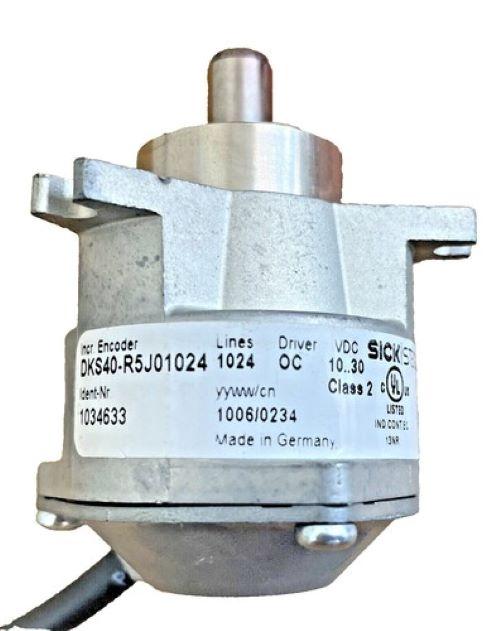Precision in Motion: The Power of Encoders

Category: Encoder
In automation and robotics, accuracy is everything. Whether it’s controlling the speed of a motor, ensuring a conveyor belt stops at the right point, or enabling robots to perform with human-like precision—encoders are the hidden champions that make it all possible.
What is an Encoder?
An encoder is an electromechanical device that converts motion into electrical signals. These signals are then processed by controllers or computers to measure position, speed, direction, and rotation. Simply put, an encoder is the translator between physical movement and digital intelligence.
Types of Encoders
Encoders come in different forms depending on the application:
- Rotary Encoders – Measure the angle or rotation of a shaft.
- Linear Encoders – Track movement along a straight path.
- Incremental Encoders – Provide relative position and changes in movement.
- Absolute Encoders – Deliver a unique code for every shaft position, ensuring no data loss even after power outages.
Why Encoders Matter
Encoders may be compact, but their role is massive in automation. They provide:
- High Accuracy – Critical for robotics, CNC machines, and automated assembly lines.
- Efficiency – Optimized movement reduces energy waste and mechanical wear.
- Reliability – Ensure consistent performance even in harsh industrial conditions.
- Innovation – Enable smart factories, autonomous vehicles, and precision healthcare devices.
Applications Across Industries
Encoders are everywhere in modern technology:
- Robotics & CNC Machines – Deliver exact positioning for cutting, welding, and assembly.
- Automotive – Support advanced driver-assistance systems and electric vehicle motors.
- Industrial Automation – Maintain precise motor control in conveyors, elevators, and packaging systems.
- Healthcare – Used in MRI scanners, robotic surgery, and diagnostic equipment.
- Aerospace & Defense – Provide dependable motion feedback in navigation and control systems.
The Future of Encoders
Tomorrow’s encoders are set to be smaller, smarter, and seamlessly connected with AI and IoT. They will empower self-learning robots, real-time monitoring, and energy-efficient systems across industries.
Final Thoughts
Encoders may not always be visible, but without them, precision would be impossible. They are the eyes of automation, transforming motion into intelligence and ensuring that machines move with purpose and accuracy.
📍 Need reliable encoders for your automation projects?
📞 Call us: +1 (234) 288 1755
📧 Email: [email protected]
- Art
- Causes
- Crafts
- Dance
- Drinks
- Film
- Fitness
- Food
- Games
- Gardening
- Health
- Home
- Literature
- Music
- Networking
- Other
- Party
- Religion
- Shopping
- Sports
- Theater
- Wellness



